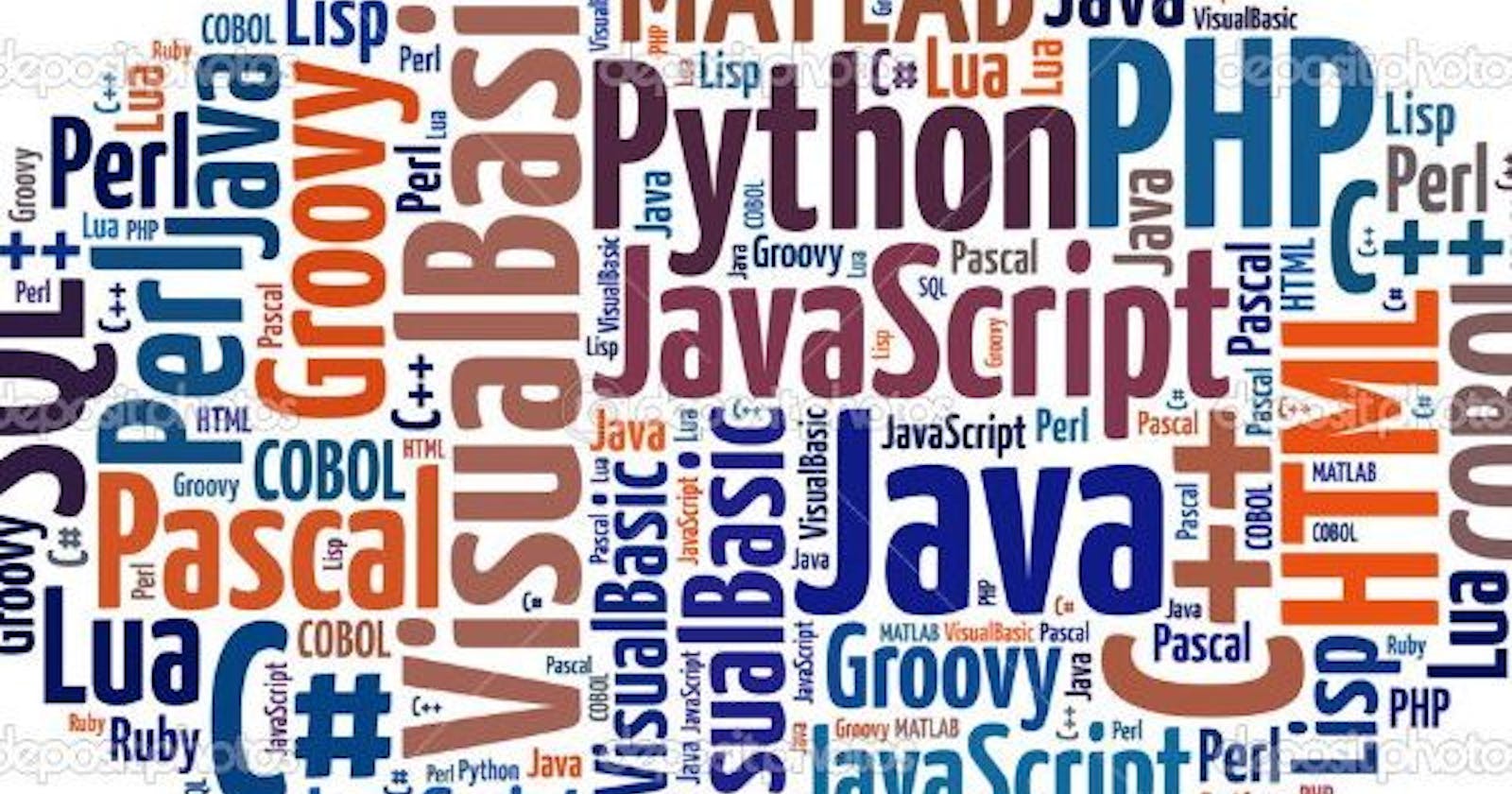Hi there! Namaste🙏🏻
As a tech geek or even a newbie in the tech world. We struggle to find which new programming language to learn next.
We developers regularly pick up new skills as we work on various projects using various tech stacks. It is therefore crucial to upgrade over time.
So far, 2023 bring a lot of new things, I'm sure these days you've probably been hearing a lot about AI tools like ChatGPT, But what next?
Introduction
As technology continues to advance, so do the programming languages used to create it. With 2023 just starting the corner, developers must stay up-to-date on the latest programming languages. In this article, we will discuss the top programming languages that are projected to dominate the industry in 2023.
Factors to Consider in Choosing a Programming Language
Targeted platform
Cost Effectiveness and Easy to understand
Future Scope
Purpose of Language
Efficiency
Performance and elasticity
Some more Factors
Some more considerations Other criteria for analysis include your level of programming knowledge, pricing, the language's community and support, availability of an IDE, scalability, time to production, and, most crucially, the possible financial reward.
2023's Top Programming Languages
Considering the factors above, here are the five best programming languages available now that best fit the profile:
Below are the top five programming languages now in use that most closely match the above factors:
JavaScript

JavaScript is a high-level, interpreted programming language that is commonly used to create interactive and dynamic websites. It is one of the most widely used programming languages in the world. JavaScript is often used alongside HTML and CSS to create dynamic web pages that respond to user interaction.
JavaScript is an object-oriented language, which means that it is built around the concept of objects that can have properties and methods. It is also a loosely typed language, which means that variables can change their type at runtime.
Along with this, JavaScript is everywhere and used in Web, App, and Desktop Applications.
"YOU CAN'T ESCAPE JAVASCRIPT"

JavaScript is used in a wide range of applications, including web development, game development, desktop applications, and mobile applications. Some popular libraries and frameworks built with JavaScript include React, Angular, Vue.js, Node.js, and jQuery.
GO
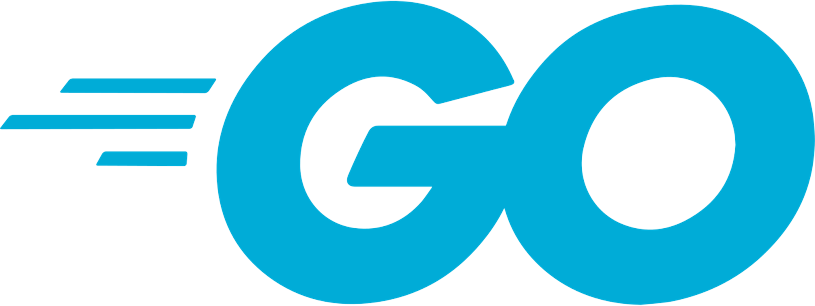
Go, also known as Golang, is a programming language. It is designed to be simple, efficient, and highly scalable. Go is a compiled language that is statically typed, meaning that variable types are checked at compile time rather than at runtime. Go is often used for system programming, network programming, and developing large-scale distributed systems.
One of the key features of Go is its simplicity and ease of use. Its syntax is concise and easy to read, and it has a relatively small number of keywords and constructs, which makes it easy to learn and write code in. Additionally, Go has a garbage collector, which makes memory management much simpler than in languages like C or C++.

Overall, Go is a powerful and efficient language that is well-suited for a wide range of applications, particularly those that require high scalability and concurrency.
Rust
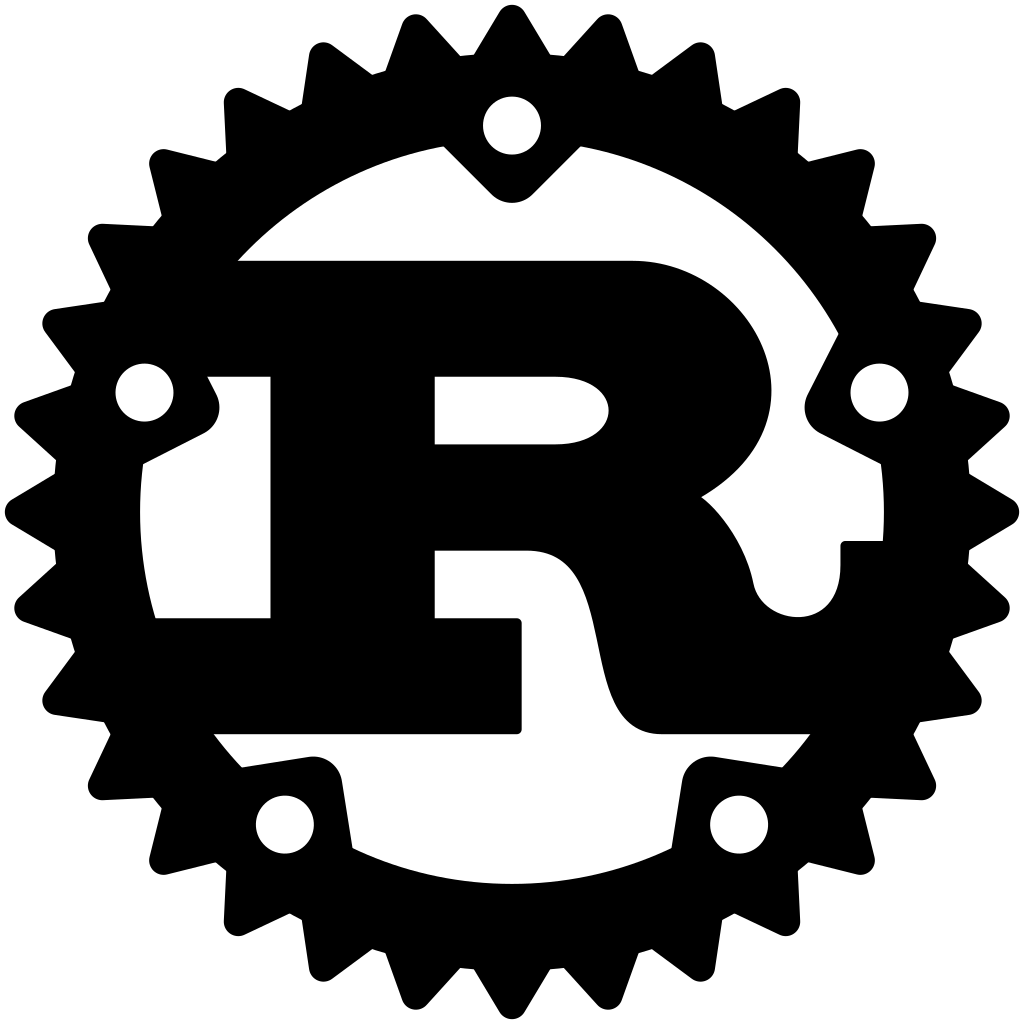
Rust is a systems programming language that was developed by Mozilla. It is designed to be safe, concurrent, and fast, while also offering a modern syntax and a wide range of features. Rust's primary focus is on providing memory safety and thread safety, without sacrificing performance.
One of the key features of Rust is its ownership model, which helps to prevent common programming errors such as null pointer dereferences, buffer overflows, and data races. This model allows for efficient memory management, without requiring the use of garbage collection.
Rust supports functional programming concepts, such as closures, pattern matching, and algebraic data types.

Rust has gained popularity in recent years, particularly in the areas of systems programming, game development, and web development.
Python
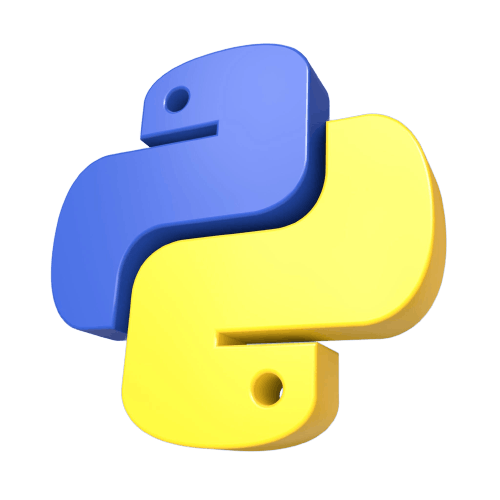
Python is a high-level, interpreted programming language that
was designed to be easy to read, write, and understand, with a focus on simplicity and ease of use. Python is widely used for web development, data analysis, artificial intelligence, scientific computing, and more.
One of the key features of Python is its readability. It has a simple and consistent syntax that makes it easy for beginners to learn, while also being powerful enough to handle complex tasks. Python also has a large and active community of developers, which has contributed to the creation of a vast number of libraries and frameworks for various applications.
Python supports several programming paradigms, including procedural, object-oriented, and functional programming. It also supports dynamic typing and automatic memory management, which makes it easy to write and maintain code.
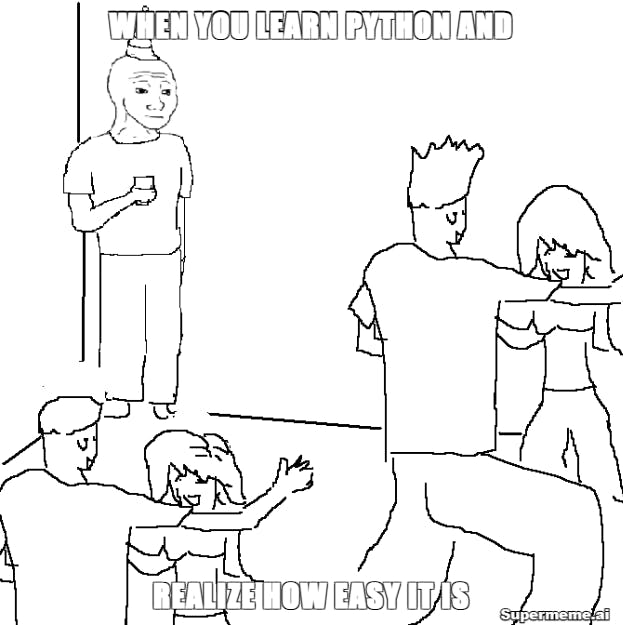
Overall, Python's combination of ease of use, powerful features, and versatility make it a popular choice for a wide range of applications, from simple scripts to complex web applications and machine learning models.
Conclusion
It's worth noting that the popularity of programming languages can vary depending on the industry, project requirements, and personal preference. Nonetheless, the languages mentioned above are among the most popular and widely used in 2023.
Thanks for reading!!
I hope you loved this! Don't forget to support me by following.
Have a wonderful day💓.

